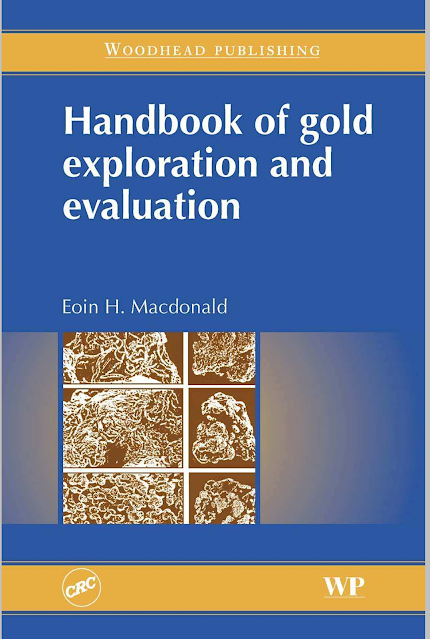General Introduction
The Outcome is the Handbook of Gold Exploration and Evaluation, which represents the knowledge and insight of a man with over 65 years of experience in the exploration and exploitation of mineral resources all over the world. Rich alluvial gold resources have been mined for ages, and the yellow metal continues to pique the interest and imagination of experts and laypeople alike. However, as demand grows and easy-to-find detrital gold resources become scarce, exploration has entered a new and exciting phase. As a result, it's encouraging to see a new book that acknowledges the shared relationship between exploration geology, geochemistry, and remote sensing techniques in the quest for alluvial and hard rock gold ores.
The nature and history of gold, the geology of gold ore deposits, gold deposition in the weathering environment, sedimentation and detrital gold, gold exploration, lateritic and placer gold sampling, mine planning and practice, metallurgical processes and design, and evaluation, risk, and feasibility are just some of the topics covered in this book. This book covers a wide range of topics, and I am unaware of a better or more up-to-date book on alluvial gold deposits, exploration, and mining.
Discussions of the procedures, risks, and costs of mining primary gold ores in depth are outside the scope of this paper, but one unmistakable and crucial conclusion is that both primary and secondary gold enterprises benefit equally from comprehensive field research. Because detrital gold accumulations are made up of weathered debris from their host rocks, neither primary nor alluvial gold surface features can be analyzed in isolation without overlooking potentially important evidence from the other. Similar geochemical stream and soil sediment surveys are used in ground surface research.
Subsurface investigations in both primary and secondary gold settings, including geomorphic reconstructions of palaeo-erosional surfaces, use similar geological and geophysical approaches. In both ancient and present tectonic environments, remote sensing techniques use identical sensors to map essential geological and geomorphic characteristics, and dating of the same key rock types and minerals helps define the geological history of any location under inquiry. Future gold demand will be quite high, and resource quantities of both main and secondary gold ores will need to be increased to meet this need.
An essential criterion of economic evaluation is the definition of the portion of a resource that may be mined economically within the exploration guidelines. Exploration and mining geologists, mining engineers, metallurgists, professors, and students will find this book particularly useful. The book, on the other hand, is written in such a way that non-technical individuals will find it interesting and useful in learning about gold exploration.
General
Details: -
Book
Name: Handbook of gold exploration and evaluation
Written
By: Eoin Henderson Macdonald
Categories: Engineering
Year: 2007
Edition: First
edition
Publisher: CRC
Press
Language: English
Pages:
664
File: PDF,
6.25MB
Need this book Click on Download Link & Please Follow us on different social sites and Donate to Us



.png)



0 Comments